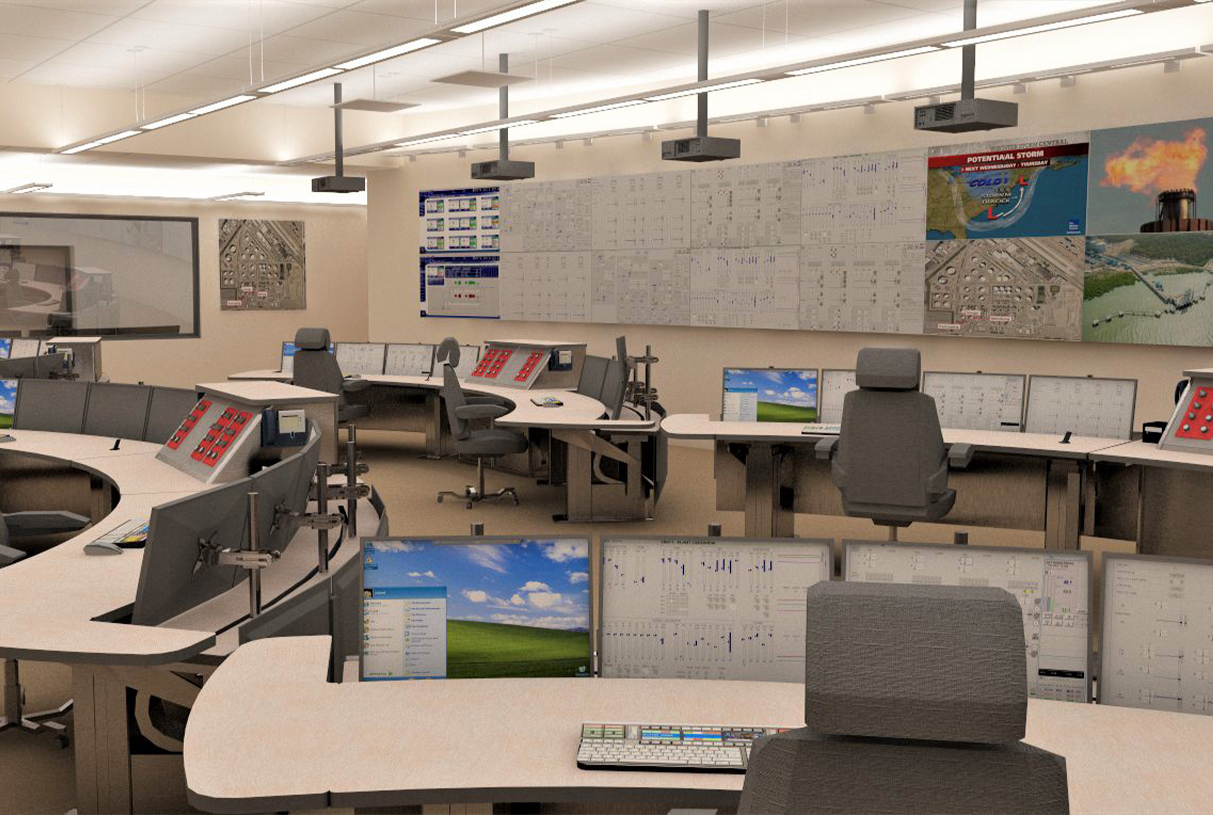Innovative Trends in Control Room Design for 2024 and Beyond

The design of control rooms is undergoing a significant transformation, driven by advancements in technology and the evolving needs of various industries. As we move into 2024 and beyond, several innovative trends are shaping the future of control room design. These trends aim to enhance functionality, improve ergonomics, and ensure the integration of cutting-edge technologies to create efficient, secure, and user-friendly environments. Below, we explore the key trends that are redefining control room design.
1. Ergonomic Excellence
User-Centric Design
Modern control rooms are increasingly adopting a user-centric approach, focusing on the comfort and efficiency of operators. Ergonomic furniture, adjustable workstations, and strategically placed controls are becoming standard. These elements reduce physical strain and enhance productivity by ensuring that operators can perform their tasks comfortably for extended periods.
Biophilic Design
Incorporating natural elements into control room design, such as plants, natural lighting, and organic materials, is another trend gaining traction. Biophilic design improves the well-being and mental health of operators, leading to increased focus and reduced stress levels.
2. Advanced Visualization Technologies
Large-Scale Video Walls
The use of large-scale video walls is becoming more prevalent in control rooms. These high-resolution displays provide a comprehensive view of operations, allowing for real-time monitoring and quick decision-making. The integration of interactive touchscreens further enhances the ability to manipulate data and visualize complex scenarios.
Augmented and Virtual Reality
Augmented Reality (AR) and Virtual Reality (VR) are revolutionizing the way control rooms operate. AR overlays digital information onto the real world, providing operators with additional context and insights. VR, on the other hand, creates immersive simulations for training and scenario planning, allowing for safer and more effective preparedness.
3. Cybersecurity Measures
Enhanced Security Protocols
With the increasing reliance on digital technologies, cybersecurity has become a top priority in control room design. Advanced security protocols, including multi-factor authentication, encryption, and continuous monitoring, are being implemented to protect sensitive data and systems from cyber threats.
Read more about a real life cyber security threat
Secure Network Architectures
Control rooms are adopting more secure network architectures to ensure the integrity and availability of critical systems. Segmented networks, secure communication channels, and regular security audits are essential components of a robust cybersecurity strategy.
4. Sustainability and Energy Efficiency
Green Building Practices
Sustainability is a growing concern in control room design. Green building practices, such as using energy-efficient lighting, HVAC systems, and sustainable materials, are being prioritized. These practices not only reduce the environmental impact but also lower operational costs in the long run.
Renewable Energy Integration
Integrating renewable energy sources, such as solar and wind power, into control room operations is another emerging trend. This approach not only supports sustainability goals but also ensures a reliable power supply, even during grid disruptions.
5. Flexible and Modular Designs
Adaptable Workspaces
The need for flexibility is driving the adoption of modular design concepts in control rooms. Adaptable workspaces that can be reconfigured quickly to meet changing requirements are becoming more common. This flexibility is crucial in environments where operational needs can vary rapidly.
Scalable Solutions
Scalability is another key consideration. Control rooms are being designed with the future in mind, allowing for easy expansion and integration of new technologies as they become available. This approach ensures that control rooms can evolve alongside advancements in the industry.
Conclusion
The future of control room design is marked by a blend of ergonomic excellence, advanced visualization technologies, AI and automation, robust cybersecurity measures, sustainability, and flexible designs. These trends are not only enhancing the functionality and efficiency of control rooms but also creating safer, more comfortable, and environmentally friendly working environments. As we look towards 2024 and beyond, it is clear that the continued evolution of control room design will play a crucial role in supporting the complex and dynamic needs of various industries.
